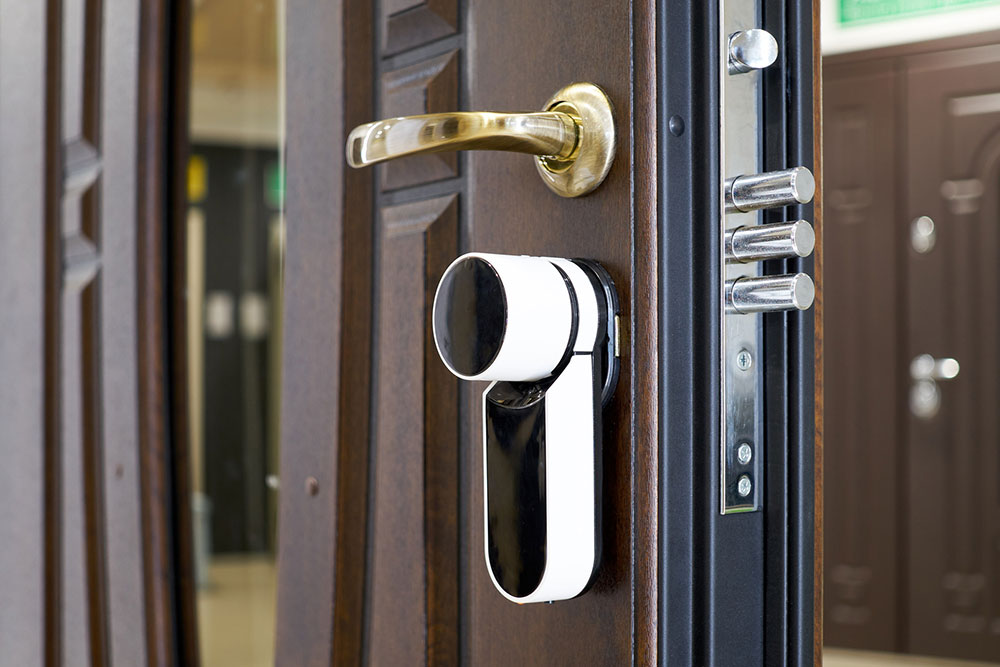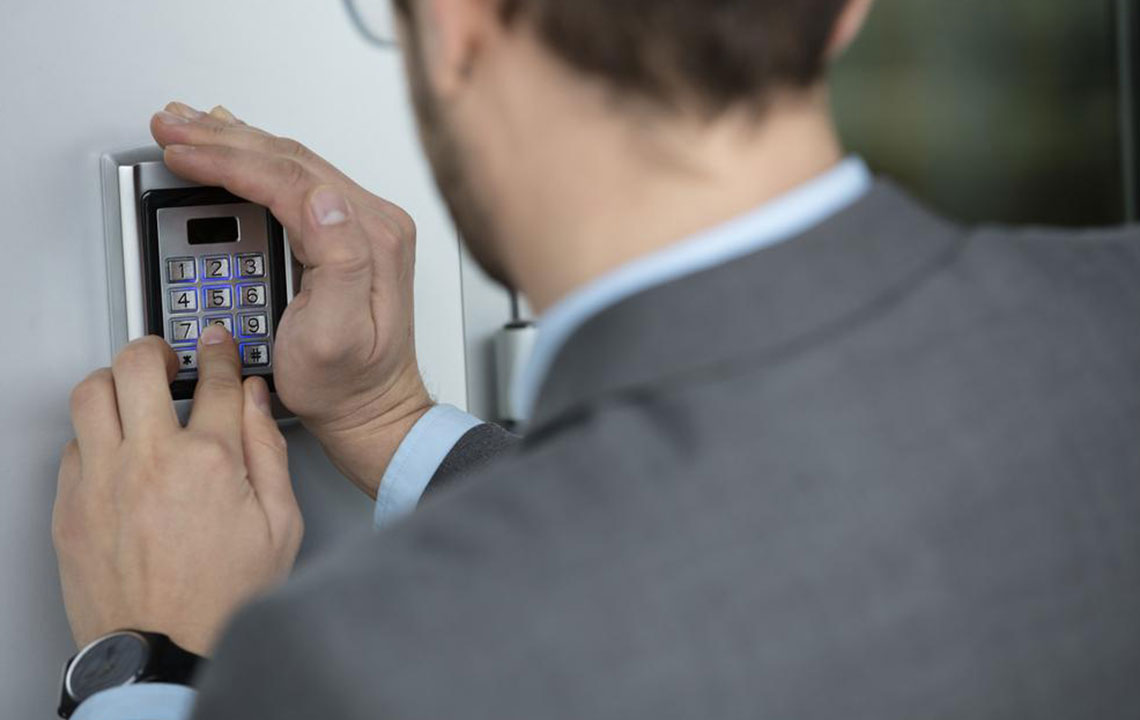Comprehensive Guide to Wireless Entry Solutions for Small Businesses
This comprehensive guide explores the most effective wireless entry solutions for small businesses, including RFID key fobs, proximity cards, biometric systems, keypad entries, and mobile app access. It highlights their features, advantages, and leading providers to help owners choose the best security options tailored to their needs. Emphasizing security, convenience, and remote management, this article aims to assist small enterprises in enhancing their security infrastructure with the latest wireless access control technologies.

Essential Wireless Access Control Options for Small Enterprises
In recent years, the trend of adopting wireless entry systems has gained significant popularity among small and medium-sized businesses aiming to improve security and operational efficiency. Wireless access control systems provide a modern alternative to traditional lock-and-key mechanisms, offering numerous advantages such as increased convenience, enhanced safety features, and better activity tracking. As technology continues to evolve, small business owners have access to a variety of options tailored to their specific needs and budget constraints. Choosing the right system can make a substantial difference in safeguarding assets, streamlining employee access, and managing security remotely.
1. RFID Key Fobs
Radio Frequency Identification (RFID) key fobs are among the most commonly used wireless entry devices for small businesses. These compact, lightweight devices embed an RFID chip that communicates with compatible readers via radio waves. When a key fob is held close to the reader, the lock disengages, granting access effortlessly. RFID fobs are highly practical for daily use because of their small size, durability, and ease of attachment to keychains or ID lanyards. Their simplicity supports fast, keyless entry, reducing the risks associated with lost or stolen physical keys while improving overall security management.
2. Proximity Cards
Similar in functionality to RFID key fobs, proximity access cards utilize RFID technology to enable secure door access. These cards are typically larger and may contain additional data such as employee IDs, photographs, or access levels. To unlock a door, users simply present their card to a reader located near the entrance. Many small businesses prefer proximity cards because they aid in identity verification, streamline employee onboarding, and allow for easy access management. Some systems even support integration with existing ID card programs, making transition seamless for organizations upgrading their security infrastructure.
3. Biometric Identification Systems
For those seeking the highest level of security and convenience, biometric access systems have become increasingly popular among small enterprises. These systems authenticate individuals through unique biological traits such as fingerprints, iris scans, or facial recognition. When an employee approaches a secured entry point, they simply scan their biometric data to gain access. Biometrics eliminate concerns about lost or stolen access devices, as each individual's biometric identifier is inherently unique. Implementing biometric technology not only enhances security but also speeds up the entry process, making it ideal for busy workplaces where time efficiency is critical.
4. Numeric Keypad Entry
Digital keypad systems provide a straightforward method of access control via a numeric code. Employees or authorized personnel enter their personalized or shared PIN to unlock doors. One of the key advantages of keypad systems is the ease of changing access codes regularly to maintain security integrity. Additionally, assigning unique codes to specific users allows for detailed activity logging, enabling administrators to monitor access patterns and identify potential security breaches. While keypad systems are effective and cost-efficient, the initial setup and ongoing maintenance may involve some expenses, especially if advanced features like timed access or visitor management are incorporated.
5. Mobile App-Based Access
With the widespread adoption of smartphones, many small businesses are turning to mobile app-based solutions for door access management. These smartphone apps enable employees to unlock doors via Bluetooth, NFC, or Wi-Fi, reducing the need for physical tokens or cards. Many apps support advanced security features such as biometric verification, one-time codes, or remote access control, allowing administrators to manage permissions from anywhere. Mobile access solutions offer high flexibility, as permissions can be granted, revoked, or adjusted instantly without physical reprogramming of devices. This technology is especially useful for businesses with remote teams, multiple locations, or temporary staff who require quick and secure access.
6. Video-Integrated Entry Systems
Advanced wireless entry systems now incorporate video surveillance with access control, providing an added layer of security. These systems feature integrated security cameras at entry points that stream live footage, allowing security personnel to visually verify individuals before granting access. When someone unlocks a door, notifications can be sent to designated staff on their devices, enabling real-time monitoring. Video-integrated systems are particularly valuable for businesses that require high-security standards, such as financial institutions, clinics, or technology firms. They also serve as valuable deterrents against unauthorized access and help in incident investigations if needed.
Leading Providers of Wireless Entry Solutions
Numerous companies specialize in providing wireless access control systems tailored for small businesses. Their product offerings vary based on features, affordability, and compatibility with existing security infrastructure. Some leading providers include:
Kisi: A dedicated access control company focusing exclusively on wireless and app-based security solutions. They offer RFID, key fob, and mobile app options designed for ease of use by small enterprises.
Avigilon: Renowned for comprehensive security systems, including wireless entry and high-definition surveillance cameras, suitable for various business environments seeking integrated security solutions.
Bates Security: Specializes in cloud-based access management systems that allow small businesses to operate and monitor their security remotely, providing flexibility and peace of mind.
In conclusion, the adoption of wireless entry systems is transforming how small businesses safeguard their premises. By selecting the appropriate access control technology—be it RFID fobs, biometric systems, keypad entries, or mobile app access—business owners can enhance security, improve operational efficiency, and facilitate remote management. As technology continues to advance, staying informed about the latest solutions ensures that small enterprises can implement effective, scalable, and user-friendly security measures tailored to their unique needs.



